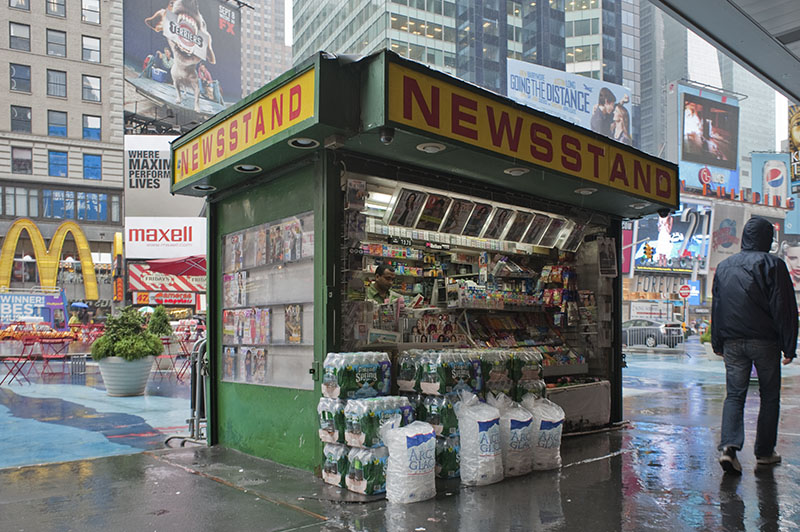
Eight years of major changes in the industry have taught us that print readership must remain a priority if publishers want to prosper.
“The events of recent years have made it far more difficult for publishers to properly balance the often opposing forces of setting circulation levels, maintaining reader quality and maximizing circulation profitability,” writes Baird Davis in Folio:. “Many publishers have tipped the balance in favor of maintaining high circulation levels, but as a result reader quality has been compromised, demand for publisher-directed circulation promotion has been lessened (including the newsstand) and circulation profitability has been reduced.”
Davis gives a painstakingly thorough breakdown of the change in magazine circulation numbers of the past eight years, going far beneath the surface of the stats to attempt to understand what’s really in the cards for the industry’s future as print publishers make the transition to media brands.
What he’s seeing is a continued over-inflation of circulation numbers by the Big 4 (Time Inc., Hearst, Meredith and Condé Nast) that is unwarranted and unsupportable. More importantly, it’s having negative consequences on the bottom line and diminishing the quality of readership. It’s also making it hard for “audit-sized” new titles to launch, an important factor in the overall industry health.
How can we fix it? Davis has some practical and actionable advice that starts with balancing circulation levels. He estimates that “50 percent of the audited titles for the top 20 publishing companies (they account for 84 percent of the industry’s total paid/v circ) are in over-circulation jeopardy. For those publications, the most important thing that can be done to help improve reader quality and enhance circulation profitability is to offload some of the P6 circ and lower circ levels.”
From there we need to fix the newsstand. “Publishers have to be willing to extend more trust in return for verifiably accurate accounting from wholesalers. Why can’t publishers and wholesalers find the common ground to do this? Solving it won’t completely stop the precipitous sales decline, but it could slow its rate of descent and, who knows, maybe save the newsstand channel.”
The bottom line for media brands is to re-establish print as a priority.
“In the rush to the digital future, publishers have taken their eyes off the ‘print ball,’” Davis notes, and this has led to a decline in the quality and engagement of print readers. To fix it, publishers “have to fully accept that print (far from being dead) is the indispensible bridge to the future. If the consumer magazine business is to have a bright future with a diverse, broad-based, cadre of consumer brands reaching consumers from a vast array of different platforms, then the publishing industry must act now to protect its critical print base.”
